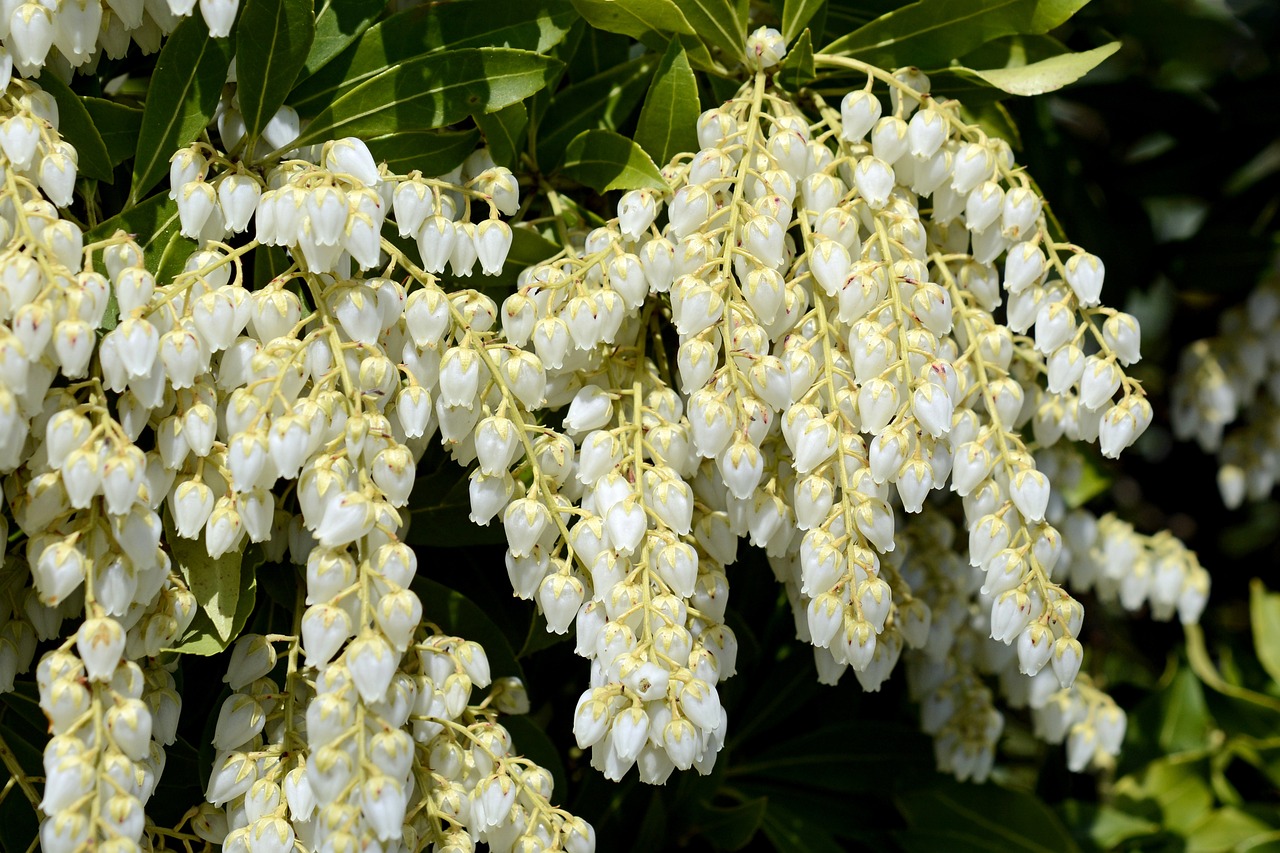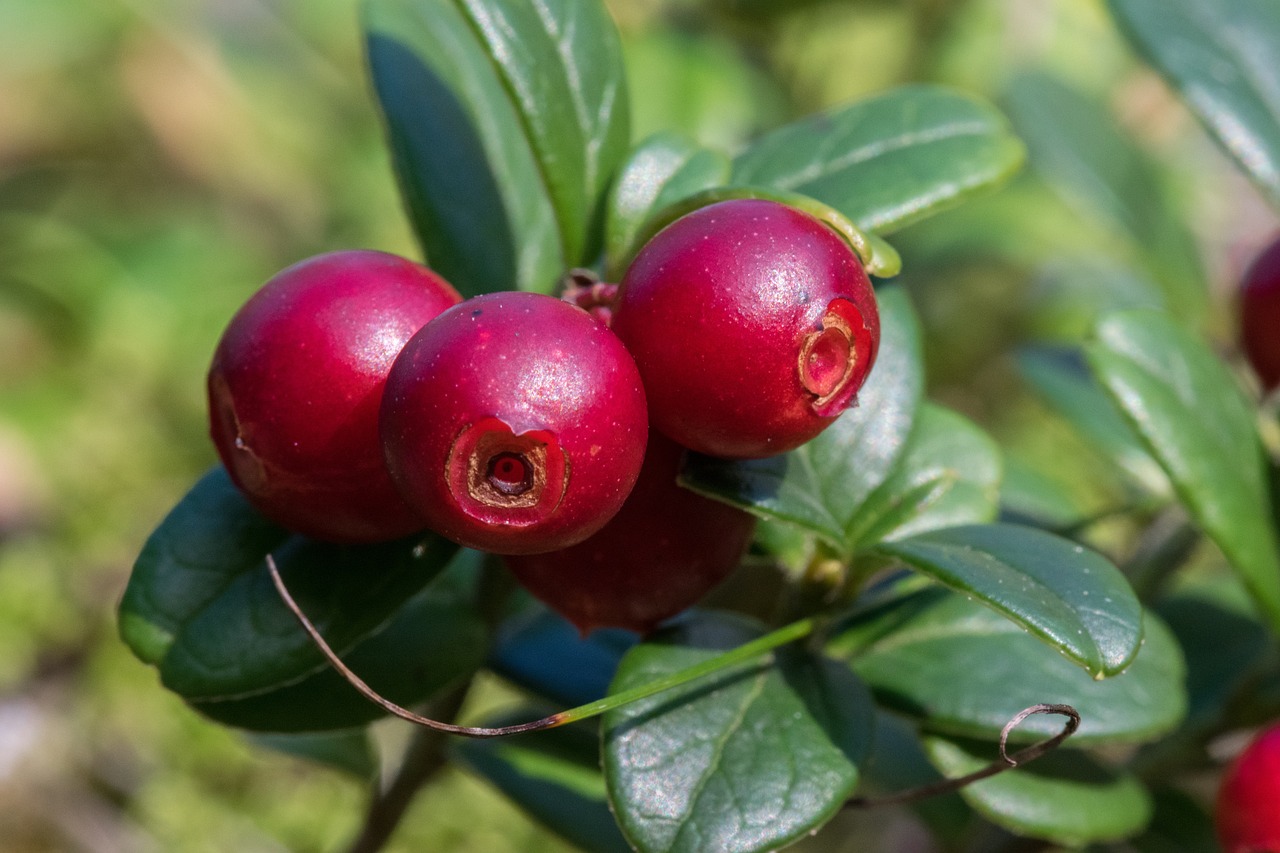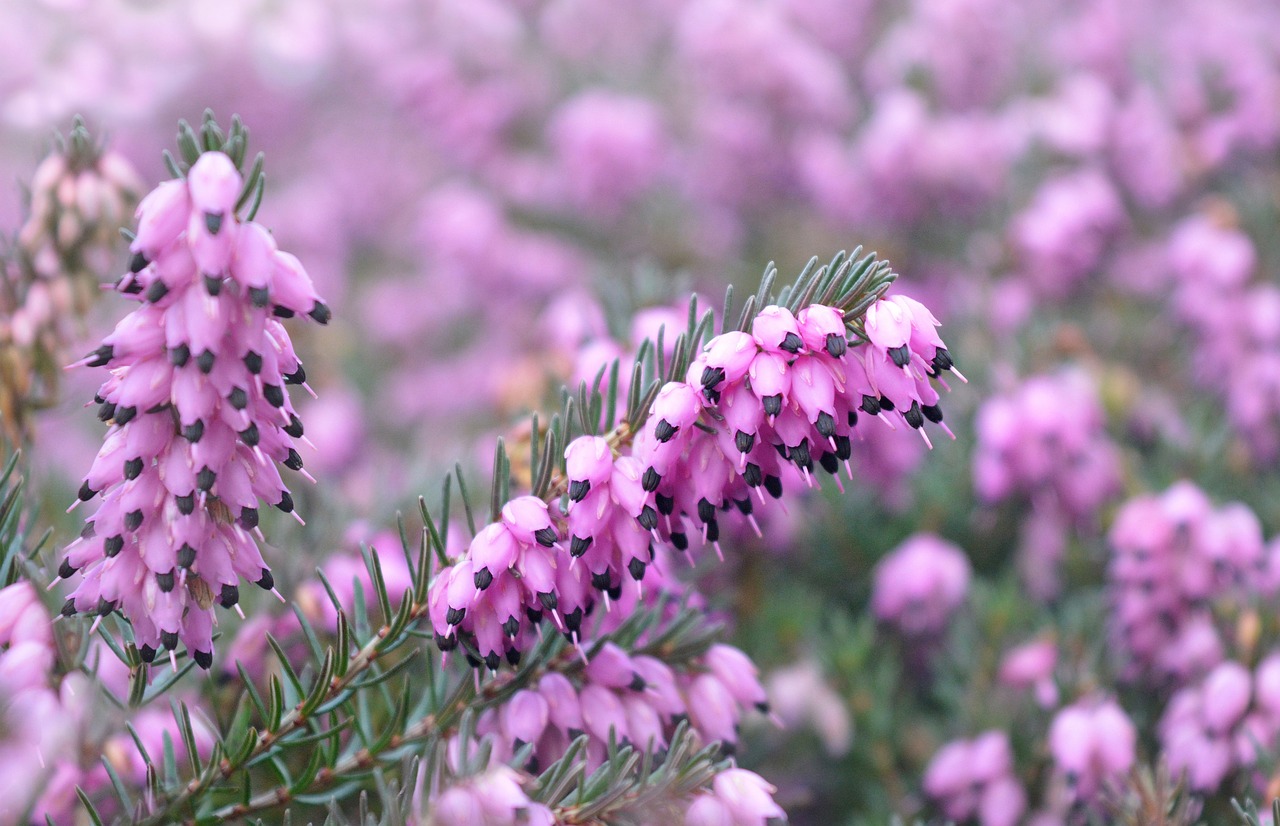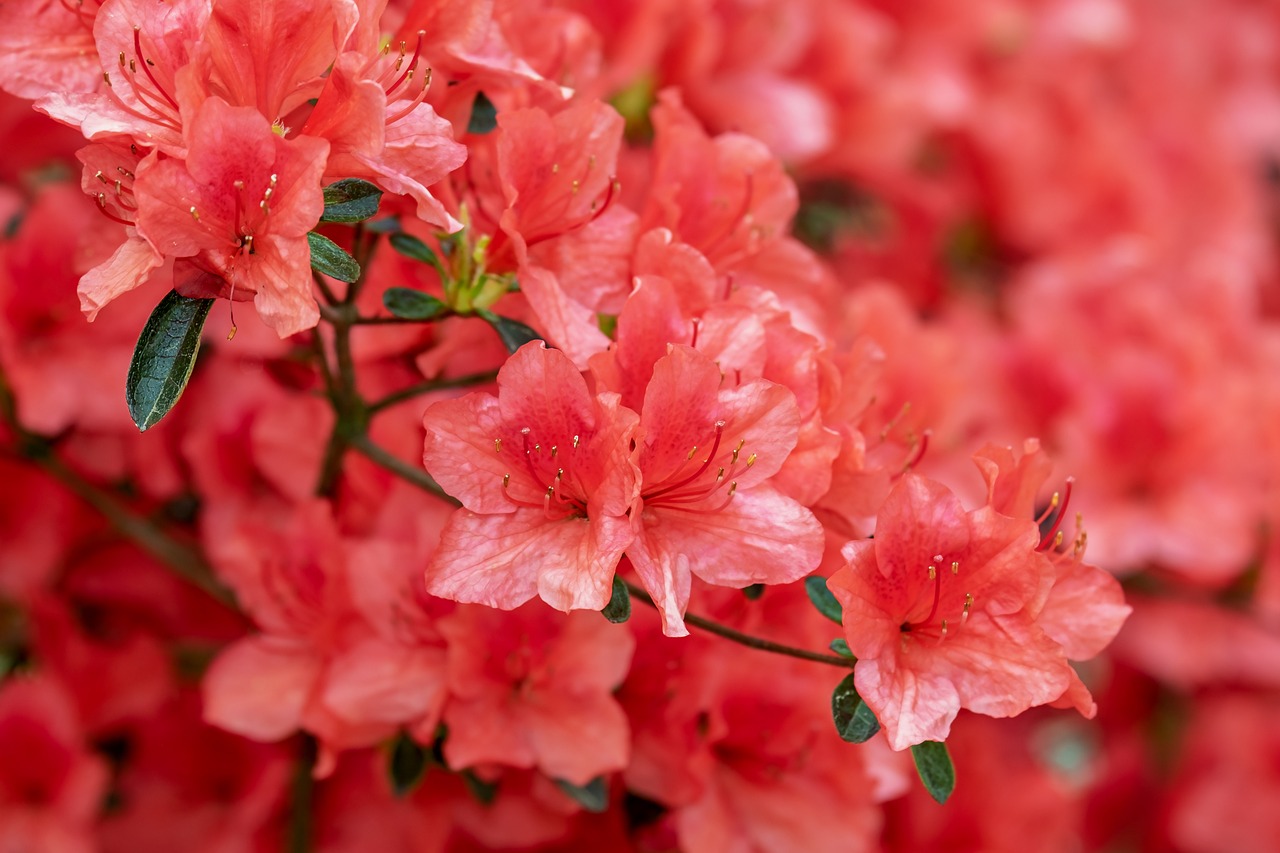Checkerberry | A Red-Berried Plant Rooted in Native American Life
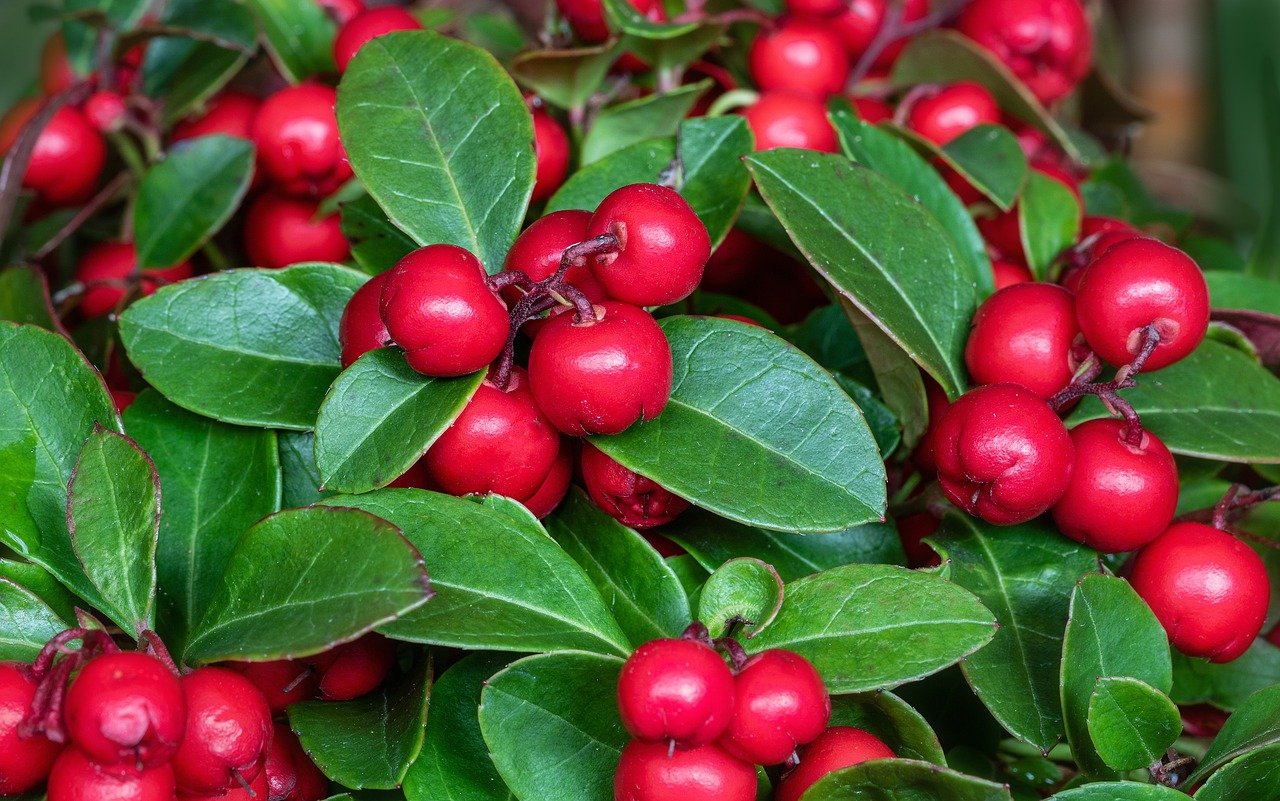
Checkerberry is an evergreen shrub characterized by its small white flowers, bright red berries, and glossy leaves, making it a popular choice for gardens and interior decoration.
Thanks to its attractive appearance, it is also widely used as a Christmas decoration.
In this article, I will provide detailed information on the basic characteristics, cultural and historical background, and cultivation tips for checkerberry.
Basic Information
- Scientific name: Gaultheria procumbens
- Family: Ericaceae
- Origin: Eastern forest regions of North America
- Appearance: Checkerberry grows to a height of about 10–15 cm. The leaves are oval, thick, and dark green. In early summer, it produces small bell-shaped white flowers, followed by bright red berries from autumn to winter. These berries not only enhance the beauty of gardens but can also be enjoyed over a long period.
- Flowering and Fruiting: Flowers from June to July; fruits from October to March.
Cultural Significance Around the World
Checkerberry has played an important role in Native American culture. Its berries and leaves were used in rituals and decorations, with the red fruits symbolizing vitality and renewal during winter festivities.
In Europe, since the 19th century, checkerberry has gained popularity as an ornamental plant. Its red berries became a part of Christmas decorations, adorning homes and churches as natural ornaments.
In Japan, it is used as a ground-cover plant in gardens, where its red fruits and autumn foliage brighten winter landscapes.
Historical Episodes
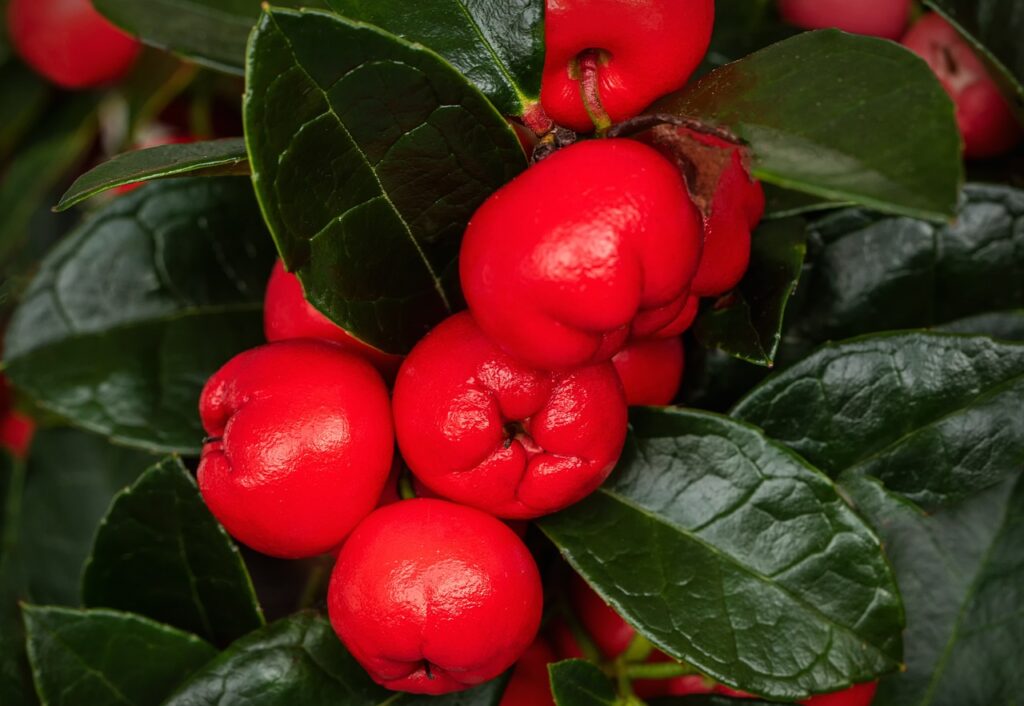
The history of checkerberry is deeply rooted in the forest culture of North America. Native Americans harvested its berries and leaves, and planting them around villages and homes symbolized harmony with nature.
It was introduced to Europe in the late 18th century, where its beauty and ease of cultivation made it popular in aristocratic gardens and botanical collections.
In 19th-century England, checkerberry became highly valued as a plant that bore beautiful fruits even in winter, and it was widely used for interior decoration and potted displays.
Gardening Advice
Checkerberry is a hardy and low-maintenance plant, but keeping the following tips in mind will help it thrive:
Sunlight
Prefers partial shade to full sun. In strong sunlight, light shading helps maintain leaf color.
Watering
Water when the surface soil becomes dry. Avoid overwatering to prevent root rot. For potted plants, ensure proper drainage.
Soil
Prefers acidic, well-drained soil. Blueberry or azalea soil is suitable. Mixing in leaf mold or peat moss creates an even better environment.
Fertilization
Apply fertilizer for acidic soil once a month during the growing season (spring–summer). Avoid over-fertilization.
Pruning
Trim weakened branches after flowering or fruiting to encourage healthy growth.
Wintering
In cold regions, mulching around the base provides protection. As an evergreen plant, it remains attractive throughout winter.
Conclusion
Checkerberry, with its vivid red berries and beautiful leaves, is an enchanting plant for both gardens and interiors.
With deep cultural and historical roots in North America, it continues to be cherished worldwide as an easy-to-grow, ornamental plant of great value.
I encourage you to welcome checkerberry into your life and enjoy its charm throughout the seasons.

